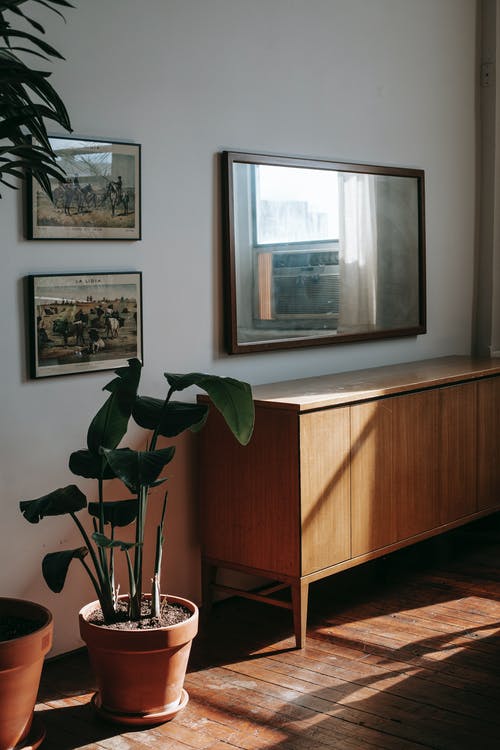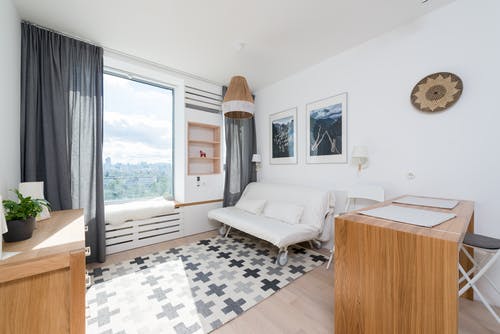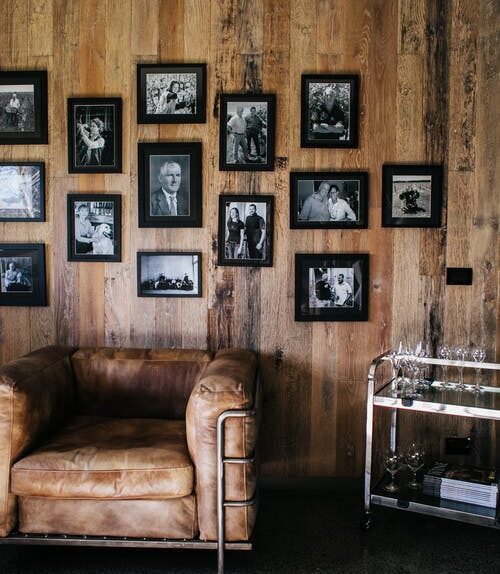The method and materials used for mounting photographs are determined by a variety of criteria, including the features of the photographs, the availability of equipment and materials, the cost, and the convenience of the photographer to name a few.
Conservation Mounting
Conservation mounting is when acid-free mount board, acid-free hinges, and acid-free tape or adhesive are used. All of these things are meant to keep acid from getting into the artwork. Another word for conservation mounting is “museum mounting,” and this word is also used to describe it.Most museums employ this strategy. In some circumstances, acid-free corners can be employed to provide an additional layer of protection for the artwork being shown.

Advantages – Conservation mounting is an excellent choice for preserving artwork that will be shown for an extended length of time. It may be used with a broad range of different types of artworks. Additionally, this technology may be used in conjunction with shadow boxes to give protection for three-dimensional pieces of art. Whatever is installed using this approach may be removed with relative ease in the future, and the entire frame can be changed without the need to replace the mounting mechanism. It is very cheap to use conservation mounting methods because they don’t need expensive tools like a dry mount or roller press.
Disadvantages – The most significant downside of conservation mounting is the length of time it takes to complete the procedure. Everything must be applied on the artwork in such a way that it is completely sealed off from outside air and acid exposure from external factors, as described above. Because they are intended to provide long-term protection, these materials tend to be more expensive than other options.

The use of pressure-sensitive (adhesive) mounting techniques
Pressure-sensitive mounting is a less costly procedure that is comparable in nature to dry mounting. It is also less time consuming. Heat or special equipment that might cause harm to the image are not required for this method. Apply pressure to the image once it has been properly positioned after the protective paper has been removed from the adhesive. The photograph will be permanently attached to the adhesive once this is done. When applying pressure to the image to keep it safe, make sure to utilize the protective paper that came with the glue.
Advantages – Pressure sensitive mounting is extremely economical and simple to complete, even for novices. Because you can buy the mounting system in a range of sizes and cut it to fit any size portrait or photo collection, it can be made to fit any size portrait or photo collection. Any image will be precisely mounted if all air has been eliminated from beneath the photograph before it is placed on the board.
Disadvantages – Pressure sensitive mounting is only meant for brief usage since the glue used is not very strong. If you are mounting images on thick papers, this is not a very appropriate mounting solution to utilize since the glue may not hold up well to the weight of the photographs.
